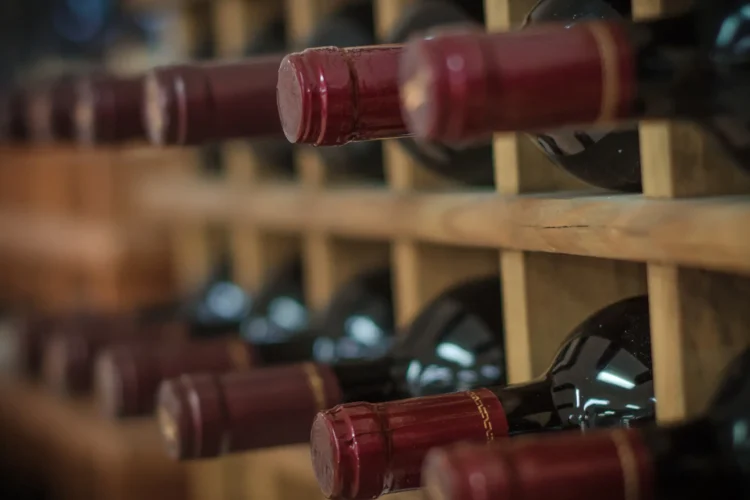Every bottle of wine tells a story. Proper storage ensures that the story unfolds just as it should. Wine is a delicate balance of science and art, influenced by temperature, humidity, light, and even vibrations. When stored correctly, its flavors mature, offering a richer experience. Here’s how to preserve your collection like a pro.
The Perfect Environment for Wine
Wine thrives in consistent conditions. The ideal temperature for storage is between 45°F and 65°F, with 55°F being the sweet spot. Fluctuations in temperature can prematurely age the wine or dull its flavor profile. Humidity is another factor. Keep levels between 50-70% to prevent corks from drying out, which can lead to oxidation.
Light is wine’s enemy. Direct sunlight or even fluorescent lighting can degrade the delicate compounds inside the bottle, altering its taste. Always store wine in a dark space or use UV-protective glass if natural light is unavoidable. Vibrations, though often overlooked, can disturb sediment in wine and disrupt the aging process. A stable, vibration-free area is crucial.
To Lay Down or Stand Up?
Storing bottles on their side has long been the golden rule for wines with cork closures. This keeps the cork moist, preventing air from seeping in. Screw-cap or synthetic closures don’t require this, but horizontal storage saves space and is often more practical. Invest in sturdy racks or cabinets that securely hold each bottle.
Choosing the Right Storage Solution
Wine lovers have several storage options. A dedicated wine refrigerator is perfect for those with small to medium collections. These appliances maintain steady temperature and humidity levels, ensuring optimal conditions. For larger collections, a wine cellar or custom-built storage area may be the answer. Both options allow enthusiasts to wine storage (เก็บ เฟอร์นิเจอร์, which is the term in Thai) and bottles in a functional, aesthetic manner.
Those without specialized storage solutions can still preserve wine well. A cool, dark closet or basement often works as a cost-effective alternative. However, avoid placing bottles near heat sources like ovens or areas prone to temperature swings, such as garages.
When to Open or Age a Bottle
Not every bottle improves with age. Most wines are crafted to be enjoyed within a few years of production. However, fine wines like Bordeaux or Barolo often benefit from extended aging. Check the producer’s recommendations or consult an expert for guidance. Trust your palate as well—sometimes, the best time to enjoy wine is now.
Final Tips for Preserving Wine
Proper wine storage combines knowledge and care. Here are some final tips for safeguarding your collection:
- Label bottles clearly. Keep records of purchase dates and optimal drinking windows.
- Avoid overcrowding. Proper airflow around bottles prevents mold or mildew.
- Don’t neglect open bottles. Use vacuum pumps or inert gas sprays to preserve wine for a few extra days.
By creating the right environment and choosing the right tools, anyone can ensure their wine remains at its peak. A little effort now pays off with every sip. Cheers to preserving each bottle perfectly!
Jim Pullman has extensive knowledge and experience in Home Building, Construction, and Design. He writes articles in his free time and partners with content creators to share his expertise with the online community.

